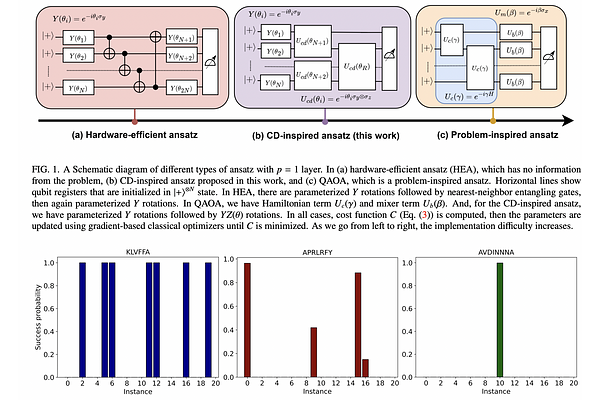Digitized-Counterdiabatic Quantum Algorithm for Protein Folding

Digitized-Counterdiabatic Quantum Algorithm for Protein Folding
Pranav Chandarana, Narendra N. Hegade, Iraitz Montalban, Enrique Solano, Xi Chen
AbstractWe propose a hybrid classical-quantum digitized-counterdiabatic algorithm to tackle the protein folding problem on a tetrahedral lattice. Digitized-counterdiabatic quantum computing is a paradigm developed to compress quantum algorithms via the digitization of the counterdiabatic acceleration of a given adiabatic quantum computation. Finding the lowest energy configuration of the amino acid sequence is an NP-hard optimization problem that plays a prominent role in chemistry, biology, and drug design. We outperform state-of-the-art quantum algorithms using problem-inspired and hardware-efficient variational quantum circuits. We apply our method to proteins with up to 9 amino acids, using up to 17 qubits on quantum hardware. Specifically, we benchmark our quantum algorithm with Quantinuum's trapped ions, Google's and IBM's superconducting circuits, obtaining high success probabilities with low-depth circuits as required in the NISQ era.